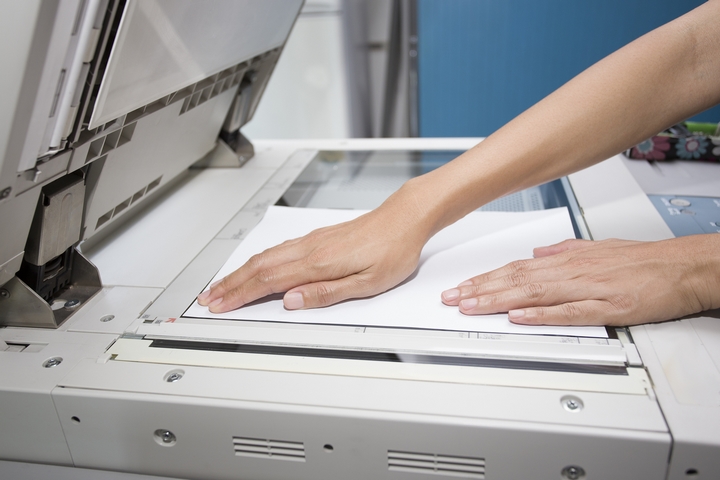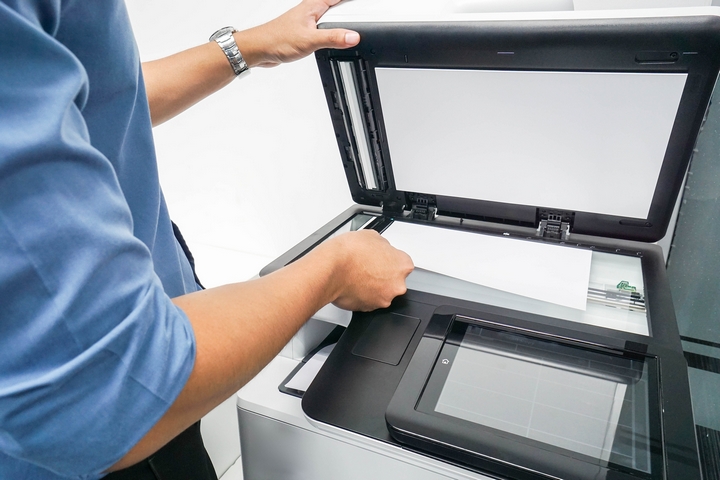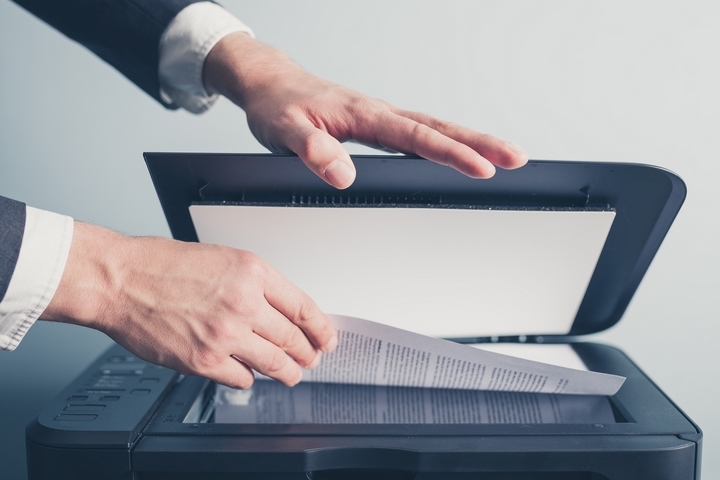Many people say that your typical office isn’t much closer to a paperless environment than they were when the email first went mainstream or the smartphone was developed. Despite all of the technological advancements, businesses seem apprehensive about going paperless.
Can you blame them? Not really. It’s really a major commitment and risk for a business.
But by employing several measures, your department can go paperless without the hassle, security risks, and painstaking manual labour. One way to achieve your corporate aims is to use document scanning services or equipment to finally trash those boxes and boxes…and boxes of folders, pages, and paper from the 1980s.
Here are five tips to organize your department’s paperless efforts with document scanning services:
1. Backup All the Scanning

Many offices incorporate document scanning into their business model because they want to go paperless. This is both a step in the right direction and a dangerous decision to make, unless you take preventative measures.
For every document that is scanned and saved on a hard drive, you need to backup the system. At the end of each workday or work week, it is essential that you backup these pages.
Should you refrain from doing a daily or weekly backup, you risk losing these files. And this can be risky especially if you are chucking all of those physical papers.
2. Make Sure the Scans Are Secured

In addition to backing up your scans, you must ensure that the scans, the hard drive, and the entire system are well secured and protected.
We have all read and heard the stories of security breaches and data infiltration. This has led to damaged brand reputations and billions of dollars in losses. Don’t let this be you, particularly if you’re going paperless.
You should install the software, maintain your devices, and triple check with your IT office.
3. Yes, You Can Scan Torn Pages

If you ask the average office, particularly ones that have been around since the era of Ronald Reagan, Brian Mulroney, and Margaret Thatcher, why they’re going paperless, they will typically cite the dilapidated papers.
But before you get concerned that the torn, yellow, or faded pages won’t scan, they will.
For torn pages, you just need to tape together the rips. Otherwise, the document will tear apart completely and it will be a lot harder to scan the pages.
4. Cleaning Your Device Goes a Long Way

Here’s a question: why don’t offices clean their equipment? Computers, fax machines, printers, copiers, and document scanning devices. They are usually neglected by the staff.
Well, if you want to keep your new machine in great shape, you will want to keep it clean. The inside should be regularly maintained and the outside should be regularly dusted.
Remember, dust and dirt can seep inside, harming the efficacy of the scan, which may or may not be correctly entered into the computer system.
It only takes a few moments to clean, repair, or replace.
5. Establish a Document Scanning Station

Instead of taking time away from more important tasks, projects, and duties, you should establish a document scanning station in your department.
The station should be placed on a desk with instructions on how to use the machine.
By doing this, rather than getting all done at once with a group of staffers, you save time and precious resources, which can be better utilized for projects around the office.
One of the biggest trends for offices worldwide is to go paperless. Because of the rise of cloud computing, mobile devices, and digital infrastructures, boxes of paper seem archaic and unnecessary. Of course, going paperless presents its own series of challenges, but if you adopt several methods, then it will be a great investment for the future.
Document scanning is one of those measures you can employ right now. As long as you implement these tips into your plans, you can ensure you won’t regret going paperless.




